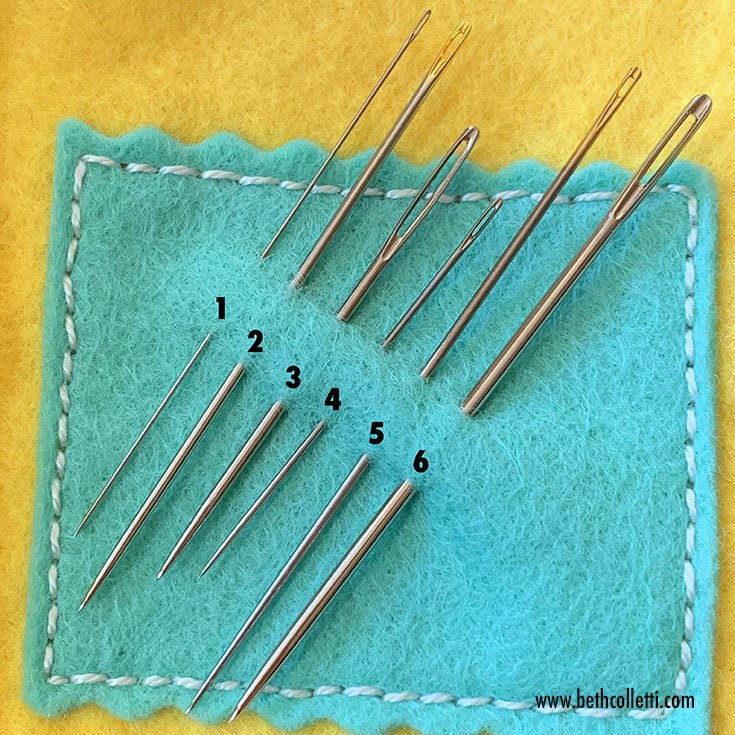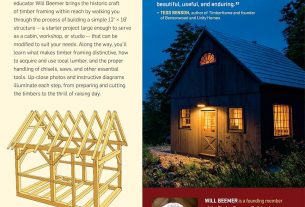If you’re into crafts, then you know how important it is to have the right tools. One of the most essential tools in any crafter’s toolbox is a needle tool. With so many different types of needles available, choosing the right one can be overwhelming. In this guide, we’ll take a closer look at what needle tools are, the different types available, and how to choose the perfect needle for your next project.
What is a Needle Tool?
A needle tool is simply a small, pointed instrument used for various purposes like sewing, embroidery, quilting, beading, and more. It consists of a thin metal shaft with a sharp tip that can easily penetrate through fabrics or other materials.
There are several types of needle tools available depending on their purpose. Some popular ones include:
1. Sewing Needles: These are commonly used in garment construction and repair. They come in various sizes and shapes depending on the type of fabric being sewn.
2. Embroidery Needles: These are designed specifically for embroidery work and have larger eyes to accommodate thicker threads.
3. Quilting Needles: These are longer than regular sewing needles and have sharper tips for piercing multiple layers of fabric.
4. Beading Needles: These have long, thin shafts that can easily pass through small beads without damaging them.
5. Leather Needles: These have triangular-shaped points that can pierce through tough leather material.
How to Choose the Perfect Needle
Choosing the right needle tool depends on several factors including the type of fabric or material being used, the thickness of thread or yarn, and the purpose of your project. Here are some tips to help you choose the perfect needle:
1. Consider the Fabric Type: Different fabrics require different types of needles. For instance, lightweight fabrics like silk or chiffon require thin, sharp needles, while heavyweight fabrics like denim or canvas require thicker, stronger needles.
2. Determine the Thread Thickness: The thickness of your thread will also influence the type of needle you need. Thicker threads require larger needle eyes to accommodate them.
3. Think About the Project Type: The purpose of your project will also determine the type of needle you need. For instance, if you’re doing embroidery work, you’ll need a needle with a larger eye to accommodate thicker embroidery threads.
4. Test Different Needles: It’s always a good idea to test different types of needles on scrap fabric before starting your project. This way, you can see which needle works best for your particular needs.
How to Use a Needle Tool
Once you have chosen the perfect needle for your project, it’s time to start using it. Here are some basic steps for using a needle tool:
1. Thread your Needle: Start by threading your needle with the appropriate thread or yarn.
2. Position Your Fabric: Hold your fabric in place and position the needle where you want to make your first stitch.
3. Pierce Through Fabric: Using a thimble to protect your finger, gently pierce through the fabric with the tip of your needle.
4. Pull Through Thread: After piercing through the fabric, pull the thread all the way through until it’s snug against the fabric.
5. Repeat Process: Continue this process until you’ve completed your desired pattern or design.
Conclusion
In conclusion, a needle tool is an essential tool for any crafter who wants to achieve professional-looking results in their projects. By choosing the right type of needle and following basic steps for use, you can create beautiful crafts that will last for years to come.
References:
https://en.wikipedia.org/wiki/Needle_(tool)




